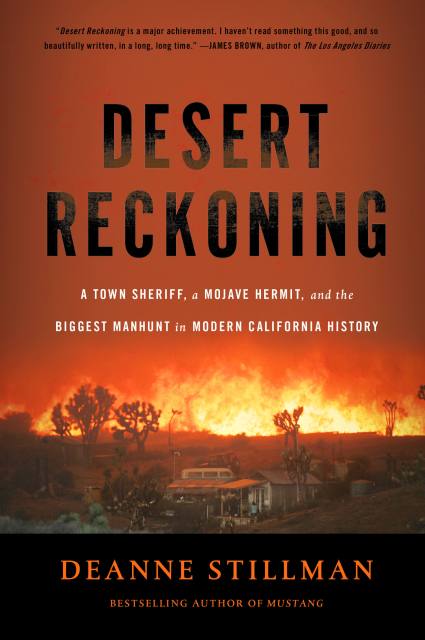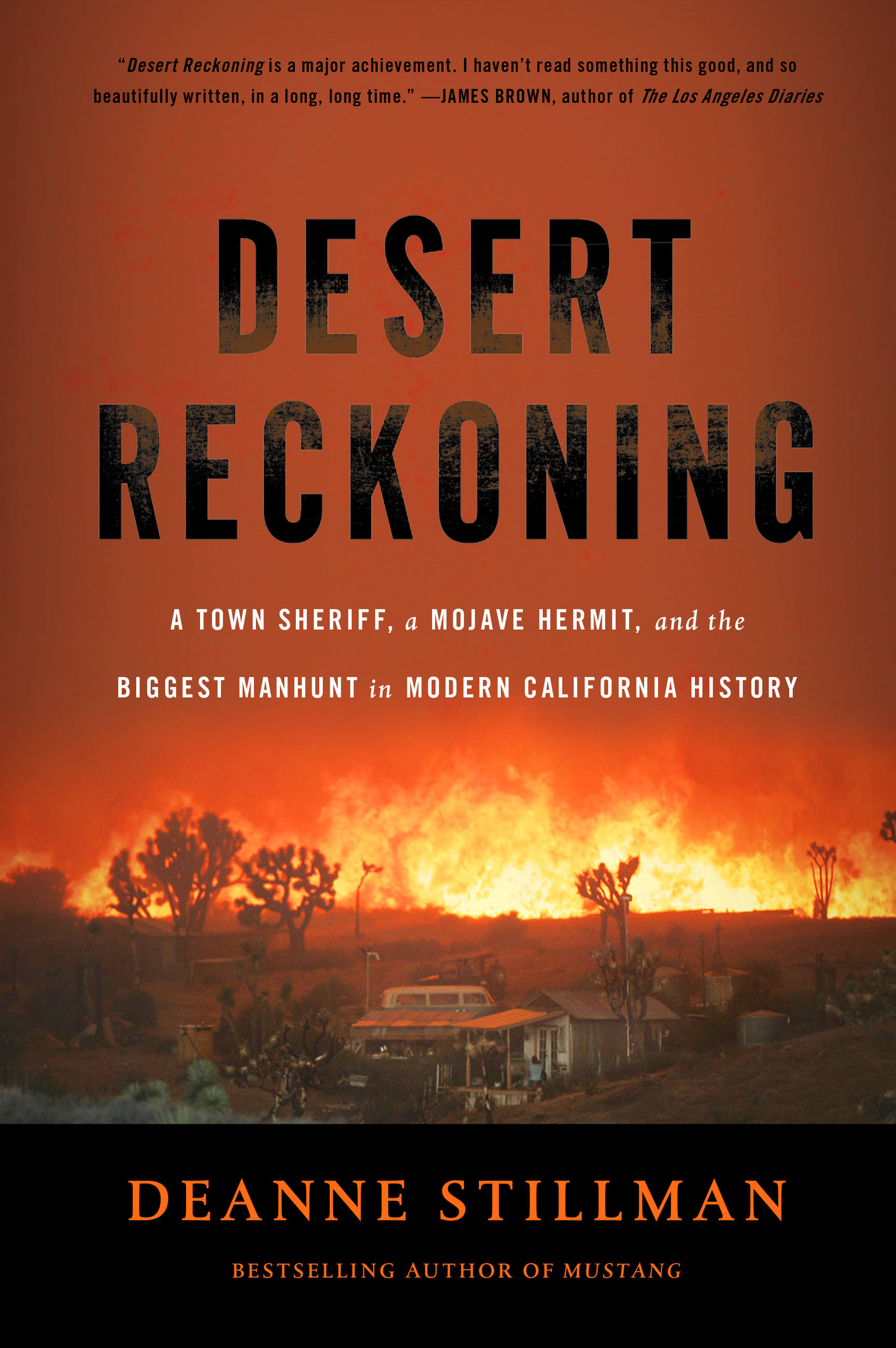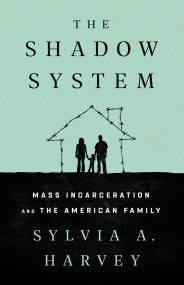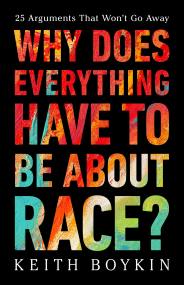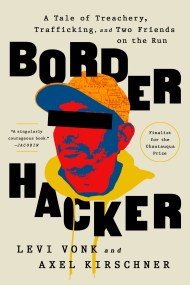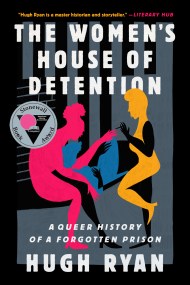Promotion
Use code MOM24 for 20% off site wide + free shipping over $45
Desert Reckoning
A Town Sheriff, a Mojave Hermit, and the Biggest Manhunt in Modern California History
Contributors
Formats and Prices
Price
$12.99Price
$16.99 CADFormat
Format:
- ebook $12.99 $16.99 CAD
- Trade Paperback $21.99 $28.99 CAD
This item is a preorder. Your payment method will be charged immediately, and the product is expected to ship on or around July 3, 2012. This date is subject to change due to shipping delays beyond our control.
Also available from:
It is against the backdrop of these two competing visions of land and space that Donald Kueck – a desert hermit who loved animals and hated civilization – took his last stand, gunning down beloved deputy sheriff Steven Sorensen when he approached his trailer at high noon on a scorching summer day. As the sound of rifle fire echoed across the Mojave, Kueck took off into the desert he knew so well, kicking off the biggest manhunt in modern California history until he was finally killed in a Wagnerian firestorm under a full moon as nuns at a nearby convent watched and prayed.
This manhunt was the subject of a widely praised article by Deanne Stillman, first published in Rolling Stone, a finalist for a PEN Center USA journalism award, and included in the anthology Best American Crime Writing 2006. In Desert Reckoning she continues her desert beat and uses Kueck’s story as a point of departure to further explore our relationship to place and the wars that are playing out on our homeland. In addition, Stillman also delves into the hidden history of Los Angeles County, and traces the paths of two men on a collision course that could only end in the modern Wild West. Why did a brilliant, self-taught rocket scientist who just wanted to be left alone go off the rails when a cop showed up? What role did the California prison system play in this drama? What happens to people when the American dream is stripped away? And what is it like for the men who are sworn to protect and serve?
Genre:
- On Sale
- Jul 3, 2012
- Page Count
- 320 pages
- Publisher
- Bold Type Books
- ISBN-13
- 9781568586915
Newsletter Signup
By clicking ‘Sign Up,’ I acknowledge that I have read and agree to Hachette Book Group’s Privacy Policy and Terms of Use
